Introduction
Educational posters are powerful tools in the classroom. They transform learning environments by making information visually accessible and engaging. A well-placed poster can spark curiosity, reinforce key concepts, and serve as a constant resource for students. In this blog post, we will explore the importance of educational posters and how they can be used effectively to engage students and enhance their learning experiences.
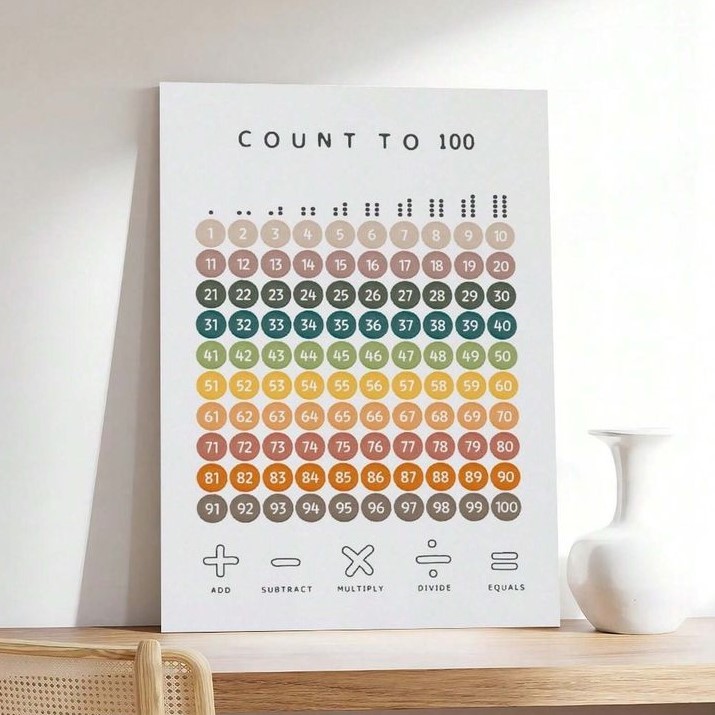
Benefits of Educational Posters in the Classroom
Education extends beyond the pages of a textbook. Educational posters serve as visual stimuli in a learning environment, offering notable benefits:
Enhanced Engagement
- Attention-Grabbing Designs: Posters are specifically created with bright colors and captivating designs that easily catch students’ eyes.
- Curiosity Spark: The visually appealing nature of posters piques students’ curiosity, prompting them to explore the information presented.
- Improved Focus: As students become engaged by the posters, they are more likely to focus on the content being taught, leading to more effective learning outcomes.
Visual Reinforcement
- Importance of Visual Cues: Learning is often enhanced when visual cues are utilized. Posters serve as a reminder of key concepts through their imagery and text.
- Memory Retention Aid: By visually reinforcing important information, posters help students remember and recall facts more easily during assessments or discussions.
- Support for Diverse Learning Styles: Different students have different learning preferences, and visual learners particularly benefit from the graphical nature of educational posters.
Instructional Aid
- Accessible Teaching Tools: For educators, posters are practical resources that simplify the teaching process. They provide quick references that can be used alongside verbal instruction.
- Complex Topic Simplification: Posters can break down complex ideas into digestible pieces, making it easier for students to understand intricate subjects.
- Visual Aids for Engagement: When teachers use posters to illustrate concepts, it makes the lesson more interactive and engaging, thereby fostering a more dynamic learning environment.
Cultural Inclusion
- Representation of Diversity: Educational posters can highlight various cultures and traditions, ensuring that diverse backgrounds are represented within the classroom.
- Promoting Inclusivity: By showcasing cultural diversity, posters help all students feel seen and valued, which enhances their sense of belonging.
- Encouraging Respect and Understanding: Including cultural elements in educational materials promotes respect for different perspectives and fosters an inclusive atmosphere among students.
Stimulating Environment
- Creating a Dynamic Learning Space: A vibrant classroom environment boosts student motivation and enthusiasm for learning.
- Enhancing Creativity: Posters add elements of creativity to the classroom, encouraging students to think imaginatively and engage with the material in innovative ways.
- Inviting Learning Atmosphere: The overall aesthetic created by colorful and well-designed posters makes the classroom more inviting, helping to reduce anxiety and resistance to learning.
In short, educational posters transform bare walls into powerful learning tools. They spotlight critical information and serve as daily learning references. When used effectively, they can considerably enhance classroom dynamics.
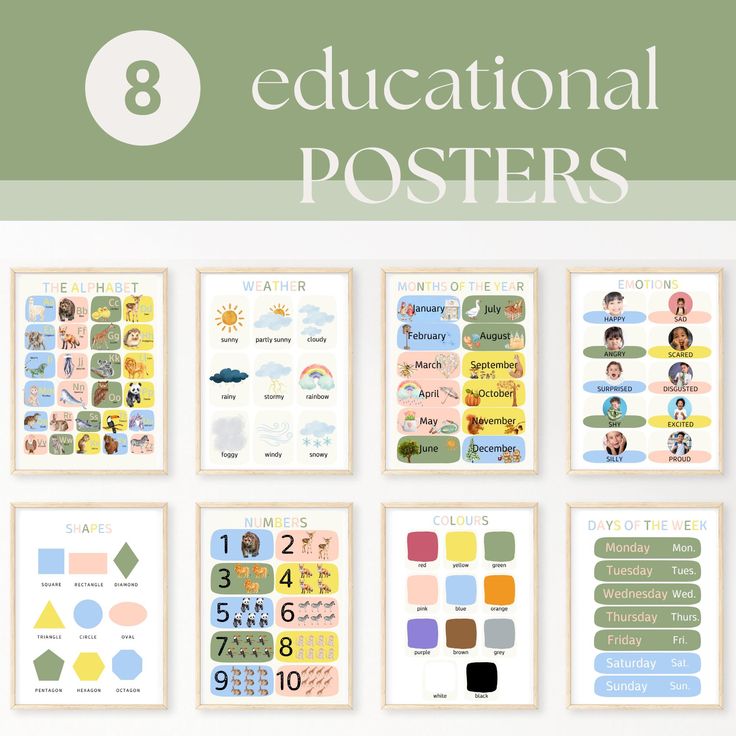
Design Elements of Effective Educational Posters
Creating effective educational posters goes beyond just presenting information. To ensure these posters serve their purpose, incorporating certain design elements is crucial. Here’s a look at some key components:
Clarity of Content
- Simple Language: The information on the poster must be presented using straightforward language. Avoid jargon or complicated terms that could confuse readers, especially younger students or those unfamiliar with the subject.
- Avoiding Clutter: Strive to maintain a clean and organized appearance. Too much information or excessive graphics can overwhelm viewers, making it difficult for them to focus on the essential points.
- Conciseness: Keep the content brief and to the point. By using concise phrases and bullet points, you ensure that key messages are communicated effectively, which helps maintain student attention and focus.
Readable Text
- Font Selection: Choose fonts that are legible and visually appealing. Sans-serif fonts are often recommended for educational materials because of their clarity.
- Font Size Considerations: Ensure that the font size is appropriate for visibility from a distance. Larger fonts make it easier for students seated at the back of a classroom to read the content without straining their eyes.
- Contrast for Visibility: Use high-contrast colors between the text and background to enhance readability. Dark text on a light background or vice versa typically works best.
Engaging Visuals
- Relevant Images and Graphics: Incorporate visuals that directly relate to the topic at hand. These visuals should reinforce the accompanying text and help clarify the concepts being presented.
- Supporting Rather Than Overpowering: Ensure that images enhance the poster without overshadowing the written content. Visuals should complement the text and aid comprehension, not distract from it.
- Attractive Design Choices: Utilize bright colors and interesting designs in a way that grabs attention and keeps students interested. An engaging aesthetic can make learning more enjoyable and reinforce retention.
Logical Layout
- Organized Structure: Arrange the content logically so that it flows naturally from one section to the next. This organization helps students easily follow along and understand the relationships between different pieces of information.
- Grouping Related Information: Cluster related topics or concepts together. This grouping allows readers to make connections between ideas and better grasp the overall message of the poster.
- Visual Guides: Use arrows, numbering, or visual cues to guide learners’ eyes through the poster. This helps them navigate the information intuitively and fosters deeper comprehension.
Consistent Theme
- Subject-Matter Alignment: Choose a visual theme that corresponds with the subject matter. For example, a science poster might incorporate elements related to nature or technology, while an art poster could feature vibrant colors and creative designs.
- Visual Cohesion: Maintain consistency in color schemes, font choices, and graphics throughout the poster. This visual cohesion aids students in making connections with the learning material and reinforces the thematic elements of the subject.
- Reinforcing Learning Connections: A consistent theme helps create a unified message, making it easier for students to relate to the material on the poster and remember key concepts.
Interactive Elements
-
- Invitation to Engage: Consider incorporating interactive elements that encourage students to participate. For instance, including questions or prompts can stimulate thinking and discussion.
- Blank Spaces for Involvement: Leave areas on the poster for students to fill in answers or thoughts during lessons. This involvement fosters active learning and helps students take ownership of their education.
- Gamification: If appropriate, add game-like elements, such as quizzes or challenges. These encourage friendly competition and make the learning experience more dynamic and enjoyable.
By paying attention to these elements, educational posters can become more than just wall decoration; they become a dynamic part of the classroom’s educational resource arsenal.
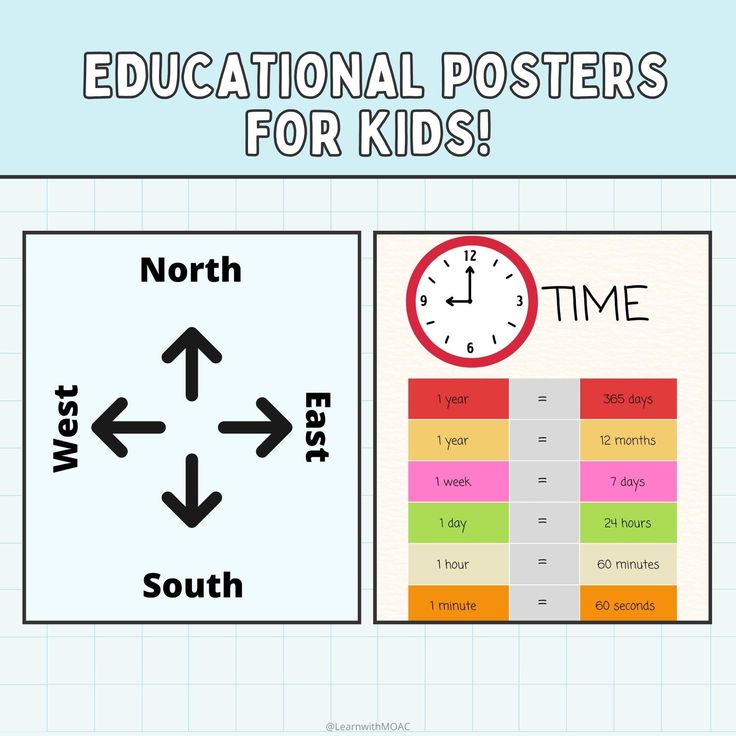
Subject-Specific Poster Ideas
When considering educational posters, tailoring them to specific subjects can enhance their effectiveness. Here are some subject-specific poster ideas that cater to various domains of learning:
- Math: Create posters with mathematical formulas and problem-solving tips. Color-code equations to simplify complex concepts.
- Science: Illustrate scientific processes, such as the water cycle or photosynthesis. Use diagrams to clarify stages and functions.
- History: Timeline posters can map out historical events. Pictures of influential figures and notable quotes can inspire deeper understanding.
- Language Arts: Posters highlighting grammar rules, punctuation usage, and vocabulary lists can be particularly helpful. Include examples of literary devices to enrich learning.
- Foreign Languages: Posters showing common phrases, cultural insights, and conjugation charts support language acquisition. Use images to connect words with their meanings.
- Art: Display color wheels, art techniques, and famous artworks. Introduce art history timelines to contextualize different art movements.
- Physical Education: Demonstrate exercise routines, sports strategies, and the importance of a healthy lifestyle. Visual guides can encourage active participation.
- Music: Notation guides, instrument families, and composer biographies can decorate the music classroom walls. Link musical concepts with audio experiences.
These ideas are merely a starting point. When creating educational posters, aim for a balance between informative content and engaging design to ensure they serve as effective learning aids.
Tips for Creating Your Own Educational Posters
When it comes to crafting your own educational posters, a strategic approach can lead to more effective learning tools. Here are some practical tips to guide you through the process:
- Start with a Clear Objective: Define the goal of your poster. What do you want to teach or emphasize?
- Research Thoroughly: Gather accurate information on the subject. Ensure your content is factually correct.
- Simplify Complex Information: Break down tough concepts into easier-to-understand chunks. Use bullet points for clarity.
- Select Vibrant Colors: Choose colors that stand out but don’t distract. Colors can help organize information, too.
- Incorporate High-Quality Images: Use clear, relevant images. Ensure they add to the learning experience.
- Keep it Interactive: Add questions or activities to the poster. This will engage students further.
- Ask for Feedback: Show your draft to colleagues or students. Use their input to improve your poster.
- Proofread Content: Check for spelling or grammatical errors. Errors can undermine a poster’s credibility.
- Update Regularly: Keep your posters current. Update them as needed to reflect the most up-to-date information.
By following these steps, you can design educational posters that are not only informative but also engage and inspire students. Prioritize simplicity, accuracy, and visual appeal to create posters that will effectively support classroom learning objectives.
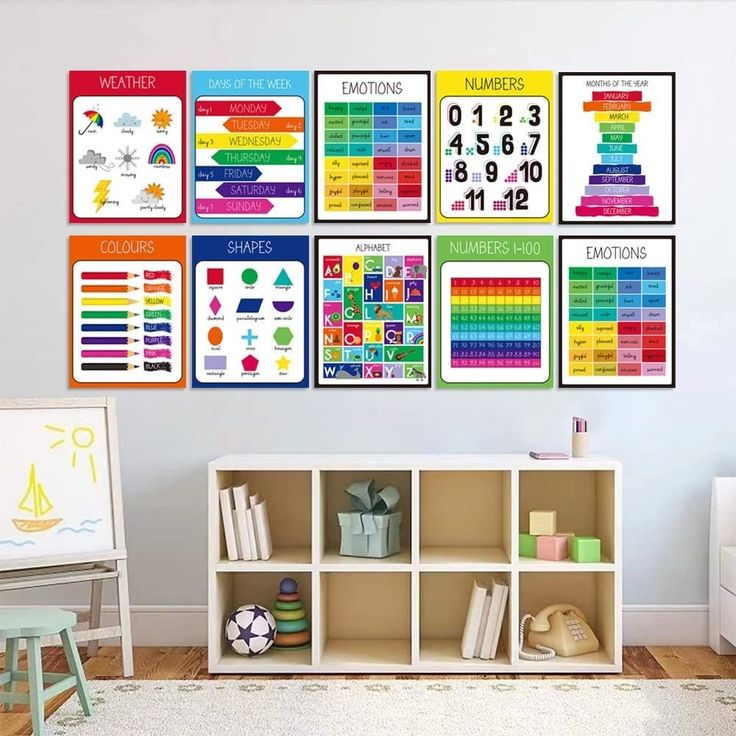
Integrating Posters with Classroom Technology
In modern classrooms, blending educational posters with classroom technology amplifies their effectiveness. Here are ways to integrate physical posters with digital tools for an enhanced learning experience:
- Incorporate QR Codes: Add QR codes to posters that link to related online resources. Students can scan these to access videos, articles, or interactive activities.
- Use Augmented Reality: Augmented Reality (AR) apps can bring posters to life. Pointing a device at the poster can display 3D models or additional information.
- Project Poster Images: Using a projector or smart board, magnify poster details for the whole class. This works well for discussing finer points or leading group activities.
- Interactive Whiteboards: Combine traditional posters with whiteboard features. Let students mark up poster images displayed on the whiteboard.
- Gallery Walks with Technology: Set up a gallery walk where each poster corresponds to a station on a digital platform, encouraging a hybrid of physical and digital interaction.
- Online Poster Libraries: Create a digital library where students can access electronic versions of the posters, allowing for review outside the classroom.
By integrating traditional educational posters with cutting-edge classroom technology, teachers create dynamic and interactive learning environments. These methods can cater to various learning styles and keep students engaged.
Where to Find Quality Educational Posters
Finding quality educational posters to nail the right balance between information and engagement can be a task. Whether you’re a teacher, a school administrator, or an education enthusiast looking to enhance a learning space, several resources are available to find posters that cater to your needs:
- Specialty Educational Stores: These stores often have a wide variety of posters designed specifically for educational purposes.
- Online Marketplaces: Websites like Etsy or Amazon offer diverse selections from different sellers, including handmade and customizable options.
- Teaching Resource Websites: Online platforms dedicated to teachers, such as Teachers Pay Teachers, provide peer-reviewed and teacher-made materials.
- Publishers of Educational Materials: Companies that specialize in educational resources, like Scholastic, often produce their own range of high-quality posters.
- Print-On-Demand Services: Services like VistaPrint allow you to create custom posters, which can be great for unique curriculum needs.
- Local Teacher Stores: Sometimes, local shops may stock educational posters that align with regional curriculums or cultural specifics.
When searching for educational posters, consider their quality, relevance to your curriculum, and the impact they could have on your students’ engagement and learning. Quality educational posters should be well-designed, durable, and educationally sound. Be sure to review product details and customer feedback to ensure you are receiving a valuable resource for your classroom.
Remember, the best educational poster for your classroom is one that fits your educational goals, resonates with your students, and adds value to the learning environment.
Strategies for Maximizing the Impact of Posters in Learning
To truly benefit from educational posters, effective strategies are key. Here are ways to help maximize their impact in the classroom:
- Strategic Placement: Position posters where students can easily see them. Near the front of the classroom is often ideal. Sight lines should be clear from all angles.
- Rotate Regularly: Change posters periodically to refresh the learning environment. This keeps content fresh and students engaged.
- Align With Curriculum: Ensure posters are relevant to what’s being taught. This helps reinforce lessons and keeps students on track with learning objectives.
- Encourage Student Interaction: Ask students questions about the posters during lessons. This builds engagement and helps assess understanding.
- Create a Poster Project: Have students design their own posters. This encourages research skills and creativity.
- Use as a Teaching Tool: Refer to posters during lessons regularly. This integrates them into the learning process.
- Group Activities: Design activities that involve posters. This can include group discussions or interactive games.
By incorporating these strategies, educators can leverage the full educational potential of posters. This encourages active learning and a dynamic classroom atmosphere.
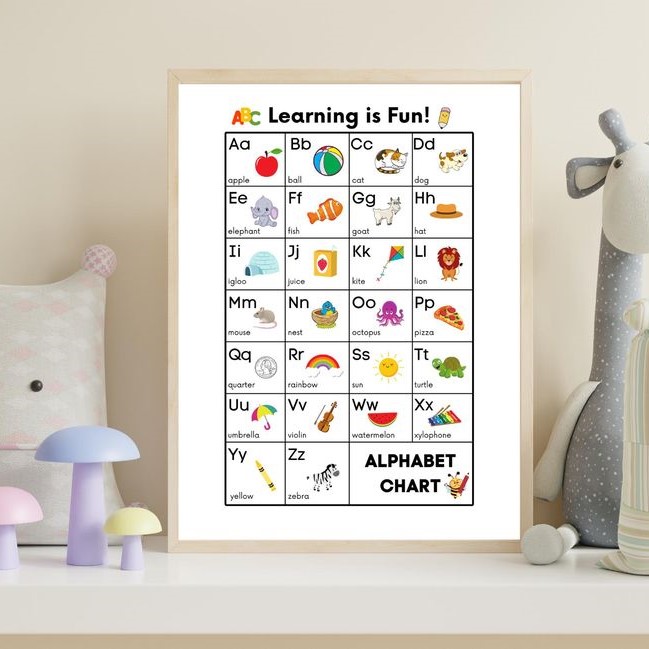
Legal and Ethical Considerations for Using Posters
When using educational posters, legal and ethical issues must be considered. Here are vital points to keep in mind:
- Copyright laws: Always check if posters are copyrighted. Obtain permission or licenses if needed.
- Fair Use: In some cases, educational use may fall under ‘fair use.’ Understand the limitations.
- Originality: Encourage the creation of original posters. This avoids copyright infringement.
- Cultural Sensitivity: Be careful with cultural representations. Aim for accuracy and respect.
- Inclusivity: Select posters that represent diversity. All students should feel represented.
- Citations: If you include others’ work or images, credit the sources. Proper attribution is key.
- Privacy: Never use images of students or people without consent. Privacy is paramount.
By paying attention to these considerations, educators can use posters responsibly. They can avoid legal issues and promote an ethical learning environment.




